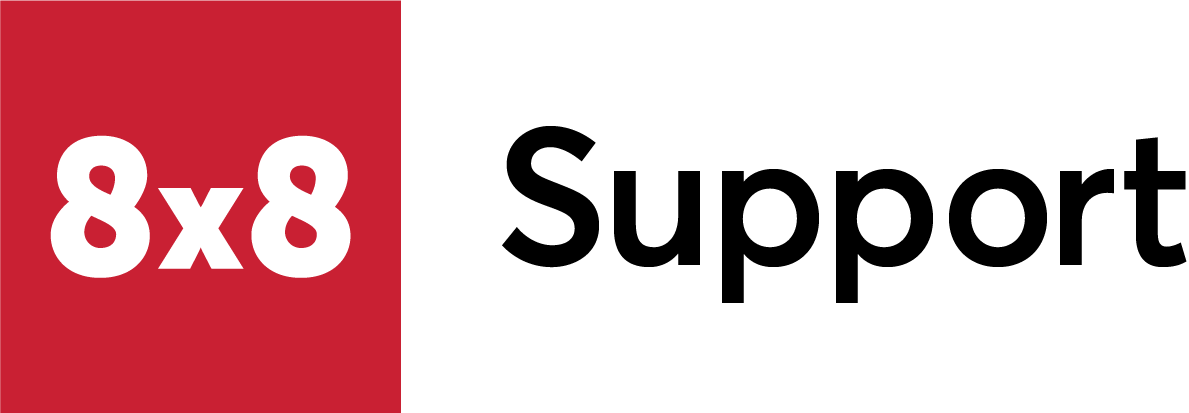Fuze
| Fuze Portal | Fuze Hub | Fuze Data | Fuze Customer Community |
- Fuze Rooms
- Audio & Video Preview Screen
- Calling with Fuze Rooms
- Chatting in Fuze Rooms
- Fuze Rooms In-Room Guide
- Fuze Rooms Training Videos
- Meeting Settings in Fuze Rooms
- Participants and Inviting People to a Fuze Room
- Promoting Participants and Screen Sharing in Rooms
- Schedule Meetings with a Fuze Rooms
- Shared Notes in Fuze Rooms
- Using a Mimo Touch Screen Display
- Using Fuze Rooms
- Using Fuze Room Settings
- What features are available in Fuze Rooms?
- Fuze Data
- Agent Dashboard
- Call Dispositions
- Contact Center Manager Dashboard
- Creating Visualizations and Graphs
- Exploring Data
- Field Definitions
- Fuze Data Training Course Guides
- Fuze Discover Dashboards
- Fuze Discover Glossary of Terms
- Fuze Discover Overview
- Fuze Discover Use Case Examples
- Fuze Discover Videos
- Fuze View Frequently Asked Questions
- Fuze View Videos
- Sales Dashboard
- Saving and Editing Looks from an Explore
- Scheduling a Report
- Signing In, Layout, and Basic Usage
- User Adoption Dashboard
- Using Looks
- Viewing Data by Department
- Viewing Data by Extension
- Viewing Queue and Agent Data
- What is Fuze View?
